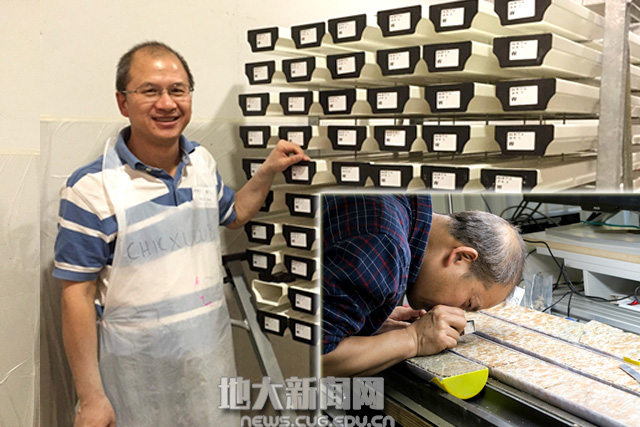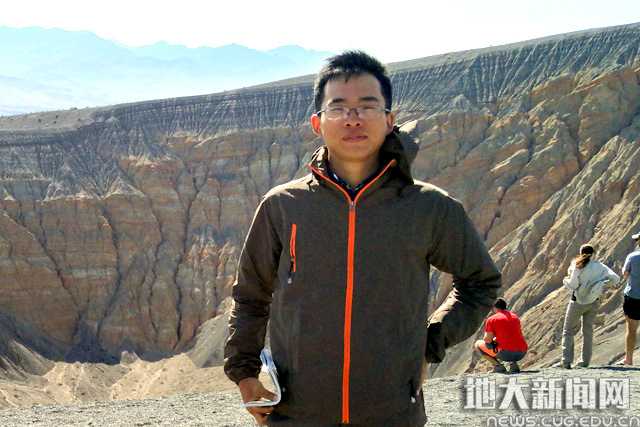CUG team led by Prof. XIAO Long, Associate Professor XIAO Zhiyong from Sun Yat-sen University, and researchers from the UK, the US, Canada, Australia, Austria, and other countries discovered shock-deformed zircon from the Chicxulub impact crater for the first time. They revealed the shock features of zircon in the impact crater, such as the deformation history of reidite, zircon twins, and granular zircon, providing a new perspective of mineral deformation on the understanding of cratering process. Their findings were published online in Geology on April 5, 2021. The abstract of the paper is as follows.
Large impact structures with peak rings are common landforms across the solar system, and their formation has implications for both the interior structure and thermal evolution of planetary bodies. Numerical modeling and structural studies have been used to simulate and ground truth peak-ring formative mechanisms, but the shock metamorphic record of minerals within these structures remains to be ascertained. We investigated impact-related microstructures and high-pressure phases in zircon from melt-bearing breccias, impact melt rock, and granitoid basement from the Chicxulub peak ring (Yucatán Peninsula, Mexico), sampled by the International Ocean Discovery Program (IODP)/International Continental Drilling Project (IODP-ICDP) Expedition 364 Hole M0077A. Zircon grains exhibit shock features such as reidite, zircon twins, and granular zircon including “former reidite in granular neoblastic” (FRIGN) zircon. These features record an initial high-pressure shock wave (>30 GPa), subsequent relaxation during the passage of the rarefaction wave, and a final heating and annealing stage. Our observed grain-scale deformation history agrees well with the stress fields predicted by the dynamic collapse model, as the central uplift collapsed downward-then-outward to form the peak ring. The occurrence of reidite in a large impact basin on Earth represents the first such discovery, preserved due to its separation from impact melt and rapid cooling by the resurging ocean. The coexistence of reidite and FRIGN zircon within the impact melt–bearing breccias indicates that cooling by seawater was heterogeneous. Our results provide valuable information on when different shock microstructures form and how they are modified according to their position in the impact structure, and this study further improves on the use of shock barometry as a diagnostic tool in understanding the cratering process.

Prof. XIAO Long

ZHAO Jiawei, doctoral student, first author of the paper
Link: https://pubs.geoscienceworld.org/gsa/geology/article/doi/10.1130/G48278.1/595966/Shock-deformed-zircon-from-the-Chicxulub-impact